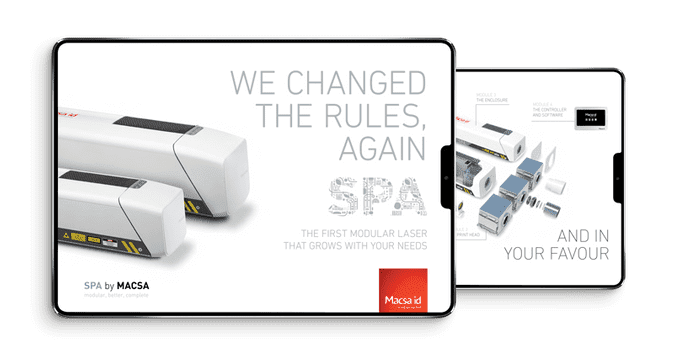From 1 January 2005 it became mandatory under European Regulation 178/2002 to include traceability coding on food products.
This European Regulation is on food traceability, a measure that makes it possible to trace a food product through all the steps involved in the production, processing and distribution of food or animal feed.
The level of complexity varies by company and there is no standard traceability system. Instead, companies must design the system that best suits their needs and submit it to the Regulatory Authority to certify that it is correct.
What is food traceability?
- It is a food safety measure that makes it possible to trace a food product through all the steps involved in the production, processing and distribution of food or animal feed.
Types of food traceability
- Backward traceability: lets you find out which products enter the company and who supplied them.
- Process traceability: provides information about what is produced, how, when and the final identification of the product.
- Forward traceability: records the data of the products being expedited as well as the data of the client to whom they are delivered.
What is the purpose of food traceability?
- Traceability allows every batch of product to be tracked through each of the production phases, making it much faster and more effective to recall it if necessary, such as in the event of a health issue.
- It is an informative measure aimed at providing consumers with more product data and helping them in their purchasing decisions.
Macsa can help you with coding solutions for food traceability. If you would like us to evaluate which system is the right one for your company, please contact us. At Macsa ID we have laser and CIJ solutions that can optimise the coding of your products with a high level of quality and reliability.
More information is available at the following links. Analiza Calidad and Actualia group.


